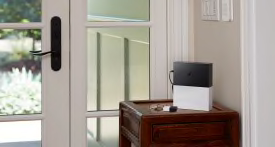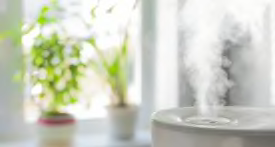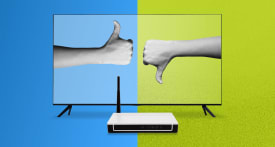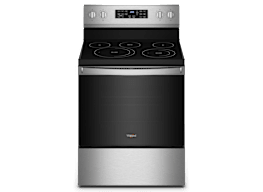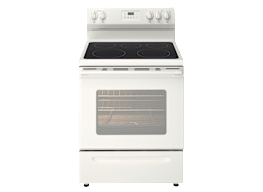Smarter: Can You Put Paper in an Oven?

This week I’m ending the guesswork around which materials are oven-safe and which aren’t. Also in this issue: How to prevent pipes from freezing, and can you kill ticks doing laundry?
THE BIG STORY:
‘The Heat of the Moment’In cooking, you sometimes learn things the hard way. My partner, for instance, learned that cold glassware and a hot oven aren’t a good mix after his roommate shattered a glass tray into a thousand pieces and left the shards in the oven for my partner to clean up. (I guess the other lesson he learned is that you should get better roommates.)
But it can be hard to keep track of what things are safe to put in certain kitchen appliances. In the past issues of Smarter, I have explored what is safe to put in a microwave and a dishwasher. If you’ve ever wondered which materials are oven-safe and which are not, here’s what you should know:
First of all, because ovens can get really hot, you should be mindful of any material that can deform, melt, or burn due to heat, says LG Electronics, which makes ovens.
NOW YOU'VE GOT BAD BLOOD
Can you kill ticks doing laundry? Asking for a friend.
TOO MANY COOKTOPS IN THE KITCHEN
Are you considering getting an induction cooktop for your kitchen? Here are some of the pros and cons of induction ranges, compared with gas or conventional electric ranges:
Pros
👍 They’re more environmentally friendly. Induction cooktops are more efficient than both, and they’re better for indoor air quality than gas.
👍 Food cooks faster, according to our testing.
Cons
👎 If you’re converting from gas to electric, it can be expensive. You can expect to pay an electrician several hundred dollars or more for the installation of the outlet.
👎 You need the right cookware. Not all pots and pans are induction-compatible. You can use this simple test to make sure.
And if you’re concerned whether your gas range is a health risk, our experts have conducted an investigation into this.
TIPS OF THE WEEK
🧊 How to Prevent Your Pipes From Freezing
A burst pipe could cost you thousands of dollars in water damage.
💨 Keep Your Indoor Air Clean This Winter
“There are pollutants in our daily environment that, if you are sensitive, could have impacts on your breathing.”
📄 Cheapest Printers for Ink Costs
It’s a truth universally abhorred that you’re spending more on ink cartridges than the printer itself over time. So here are efficient models that will cost you less ink.
BITTERSWEET NEWS
Today is a sad day in history. It is the day I learned that many dark chocolates contain dangerous heavy metals.
We measured the amount of two heavy metals in 28 dark chocolate bars. The bad news is that we detected cadmium and lead in all of them.
In particular, five of the bars, shown below, had comparatively high levels of both metals, which could lead to health risks over time.
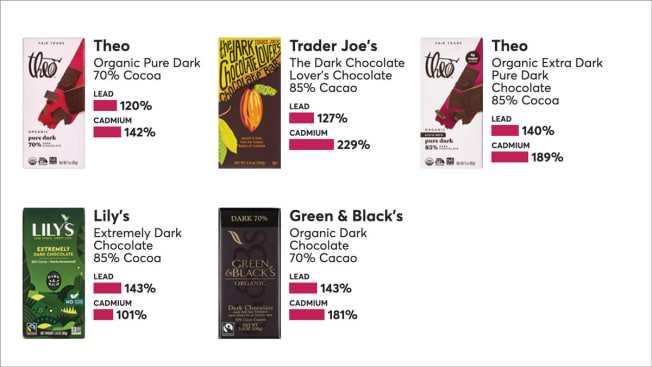
Data visualizations: Andy Bergmann/Consumer Reports Data visualizations: Andy Bergmann/Consumer Reports
Read more for the dark chocolates that were found to be safer and how you can consume chocolate in less risky ways.
TODAY I LEARNED
Your CBD gummies might be cheating on the CBD.

"Say it ain’t so, dark chocolate."
Thanks for reading Smarter! If you want more tips that will make you a little bit smarter, sign up to have the newsletter delivered straight to your inbox every week.







